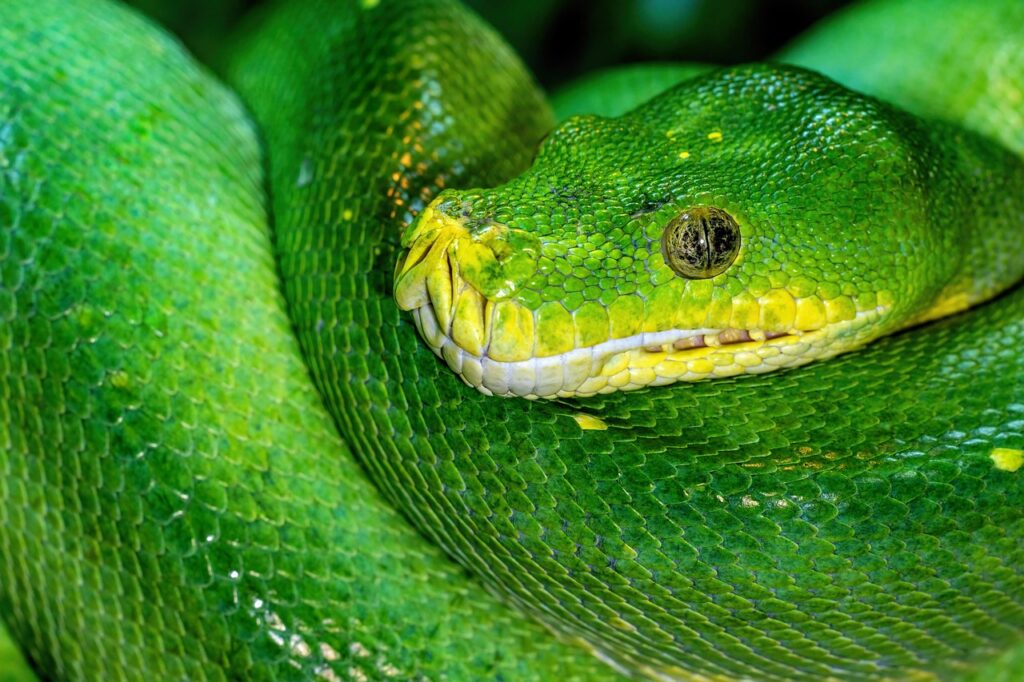Picture this: while massive dinosaurs thundered across ancient landscapes, something far more subtle was happening beneath their feet. In the shadows of the Mesozoic Era, a group of reptiles was quietly revolutionizing their entire body plan, abandoning their legs forever in favor of a sinuous, serpentine existence. These weren’t the snakes we know today, but their ancient ancestors – creatures that would prove to be some of the most successful survivors in Earth’s history.
Long before the first human walked upright, these primordial serpents were already perfecting the art of survival. They witnessed the rise and fall of the dinosaurs, survived the mass extinction that ended the Cretaceous period, and continued to thrive while countless other species vanished into fossil records. Their story is one of incredible adaptation, evolutionary innovation, and sheer persistence that spans over 100 million years.
When Snakes First Appeared on Earth
The earliest snake fossils date back approximately 167 million years to the Middle Jurassic period, making them contemporary with some of the most famous dinosaurs like Diplodocus and Allosaurus. These ancient serpents emerged during a time when the world was dramatically different – warmer, more humid, and dominated by reptilian giants.
The fossil record reveals that snakes didn’t just suddenly appear fully formed. Instead, they evolved gradually from lizard-like ancestors, losing their limbs over millions of years through a process that scientists are still working to fully understand. The transition wasn’t instantaneous but rather a slow transformation that took place over countless generations.
What makes this timeline particularly fascinating is that snakes were already establishing themselves as successful predators while dinosaurs were at their peak. They carved out ecological niches that allowed them to coexist with these massive creatures, often feeding on smaller prey that the giants couldn’t be bothered with.
The Mystery of Lost Limbs
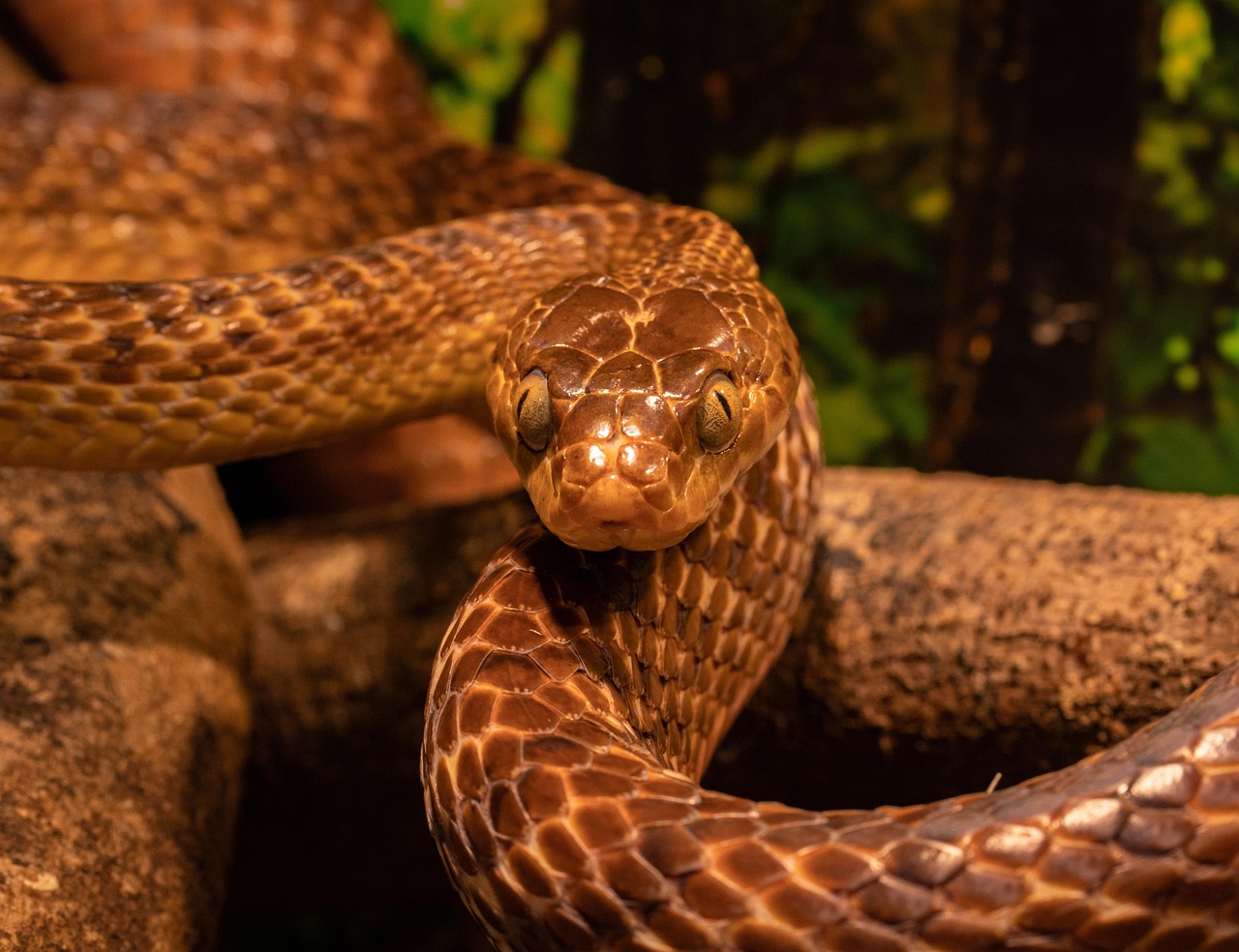
One of the most intriguing aspects of snake evolution is how and why they lost their legs. Unlike other limbless reptiles that simply reduced their appendages, snakes underwent a complete transformation that involved reorganizing their entire skeletal structure.
Recent genetic studies have revealed that snakes still carry the genes for limb development, but these genes have been essentially “switched off” through evolutionary processes. Some primitive snake species like pythons and boas still have tiny remnants of hind limbs, appearing as small spurs near their tails – ghostly reminders of their legged ancestors.
The loss of limbs wasn’t a disadvantage but rather a remarkable adaptation that allowed early snakes to exploit new environments. They could burrow through soil, navigate tight spaces, and move through dense vegetation with unprecedented efficiency. This body plan proved so successful that it’s remained largely unchanged for over 100 million years.
Ancient Snake Fossils and What They Tell Us
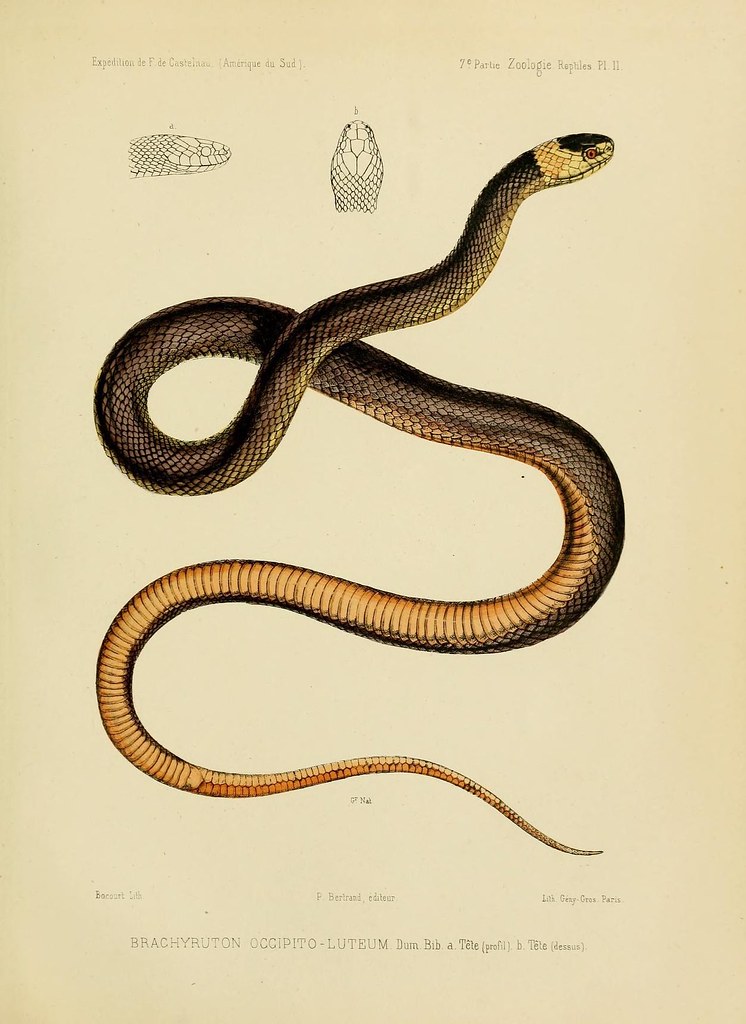
The fossil record of early snakes is relatively sparse, but the specimens we do have provide incredible insights into their prehistoric lives. Some of the most important discoveries have come from sites in Lebanon, Argentina, and Madagascar, where exceptional preservation conditions have captured these ancient serpents in remarkable detail.
One of the most significant finds is *Najash rionegrina*, discovered in Argentina and dating back about 95 million years. This snake retained functional hind limbs and a sacrum (the bone that connects the spine to the pelvis in legged animals), providing a crucial link between modern snakes and their lizard ancestors.
Another remarkable specimen is *Tetrapodophis amplectus*, which appeared to have four tiny legs and was initially thought to be a transitional form. However, this fossil has sparked considerable debate among paleontologists about whether it truly represents an early snake or another type of reptile entirely.
The Great Diversification Event
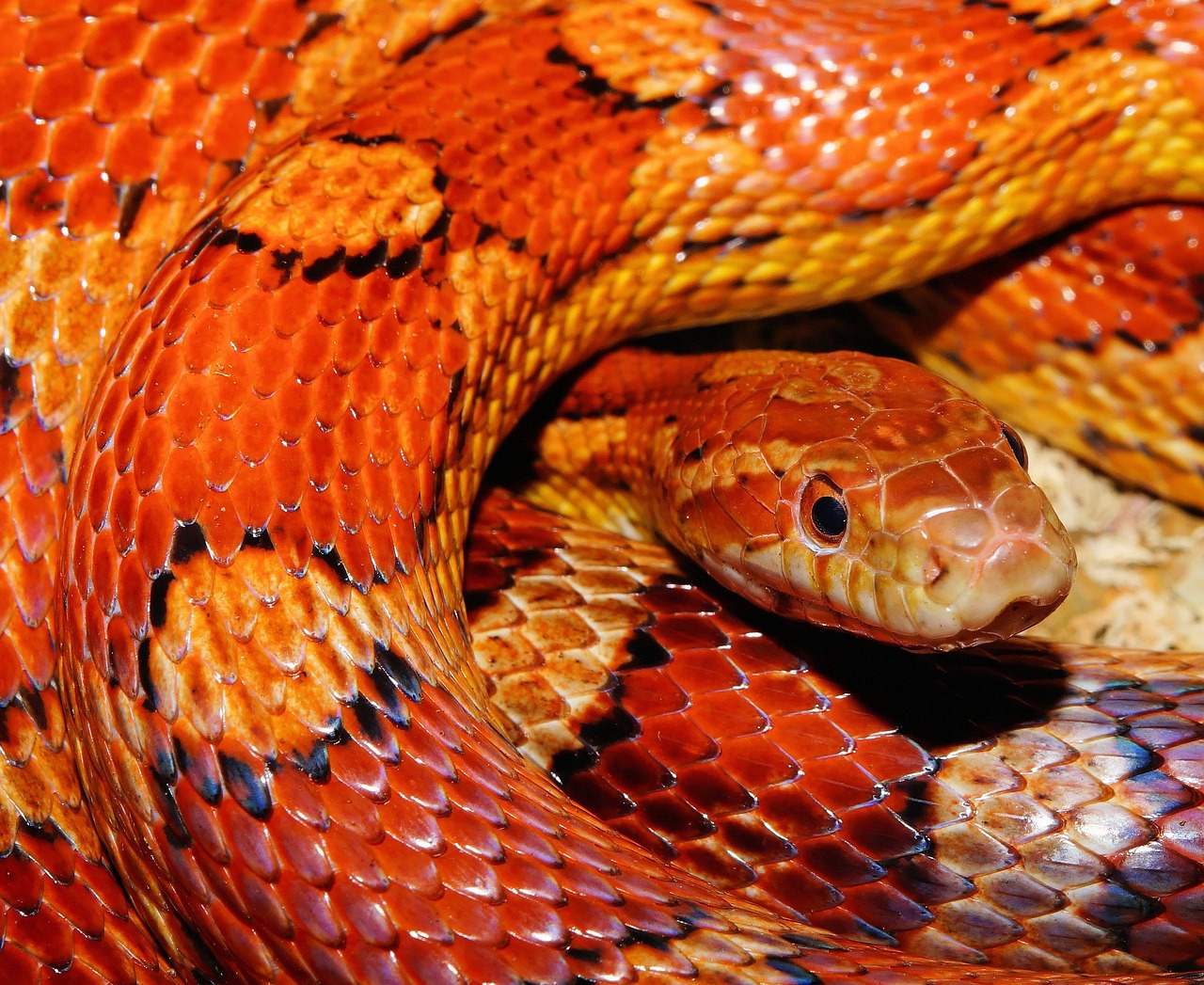
Around 60 million years ago, shortly after the dinosaurs went extinct, snakes experienced what scientists call an “explosive radiation” – a rapid diversification into multiple species and ecological niches. This event transformed them from a relatively minor group of reptiles into one of the most successful vertebrate lineages on Earth.
The extinction of the dinosaurs created numerous vacant ecological niches that snakes quickly moved to fill. Without large predators dominating the landscape, these serpents could grow larger and occupy new territories. This period saw the evolution of the first truly gigantic snakes, some reaching lengths that would make today’s largest pythons seem modest.
This diversification wasn’t limited to size alone. Snakes developed an incredible array of hunting strategies, from constriction to venom injection, allowing them to exploit virtually every available food source. The flexibility of their basic body plan proved to be their greatest evolutionary asset.
Titanoboa: The Ultimate Prehistoric Predator
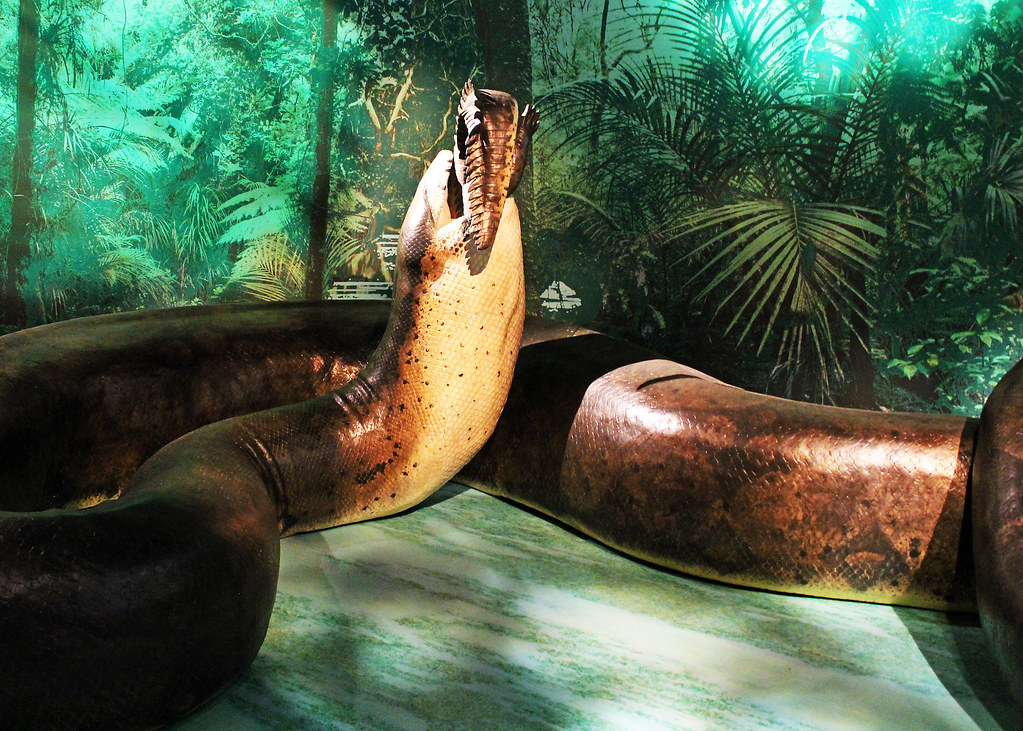
No discussion of ancient snakes would be complete without mentioning *Titanoboa cerrejonensis*, the largest snake that ever lived. This colossal serpent inhabited the tropical rainforests of what is now Colombia approximately 58 million years ago, reaching lengths of up to 42 feet and weighing over a ton.
*Titanoboa* lived in a world very different from today’s – the average temperature was about 6-8 degrees Celsius warmer than now, which allowed cold-blooded reptiles to grow to enormous sizes. The snake’s massive proportions tell us that the ancient climate was not only warmer but also more stable, providing the consistent conditions needed to support such giants.
This prehistoric monster was likely an ambush predator, lurking in rivers and swamps to catch unsuspecting prey. Its diet probably consisted of large fish, primitive crocodiles, and early mammals. The discovery of *Titanoboa* fossils has revolutionized our understanding of both snake evolution and ancient climate conditions.
Venom Evolution: Nature’s Chemical Warfare
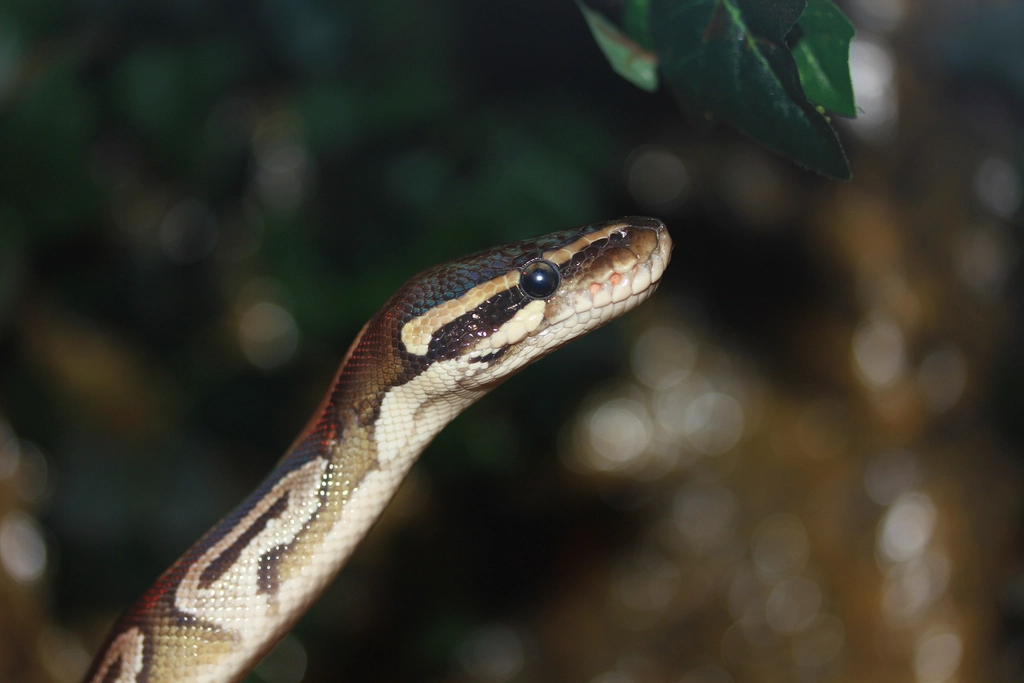
The development of venom represents one of the most sophisticated evolutionary innovations in snake history. Rather than being a recent development, venom systems appear to have evolved relatively early in snake evolution, with some primitive species showing evidence of rudimentary venom production.
Early snake venoms were likely quite different from modern ones, probably serving more as digestive aids than as weapons. Over millions of years, these chemical cocktails became increasingly specialized and deadly, with different species developing venoms tailored to their specific prey and hunting strategies.
The evolution of venom wasn’t just about creating more potent toxins. It involved the development of specialized teeth, venom glands, and delivery systems that could efficiently inject these chemicals into prey. This biological arms race between venomous snakes and their prey continues to this day, driving ongoing evolutionary adaptations on both sides.
Prehistoric Snake Habitats and Ecosystems
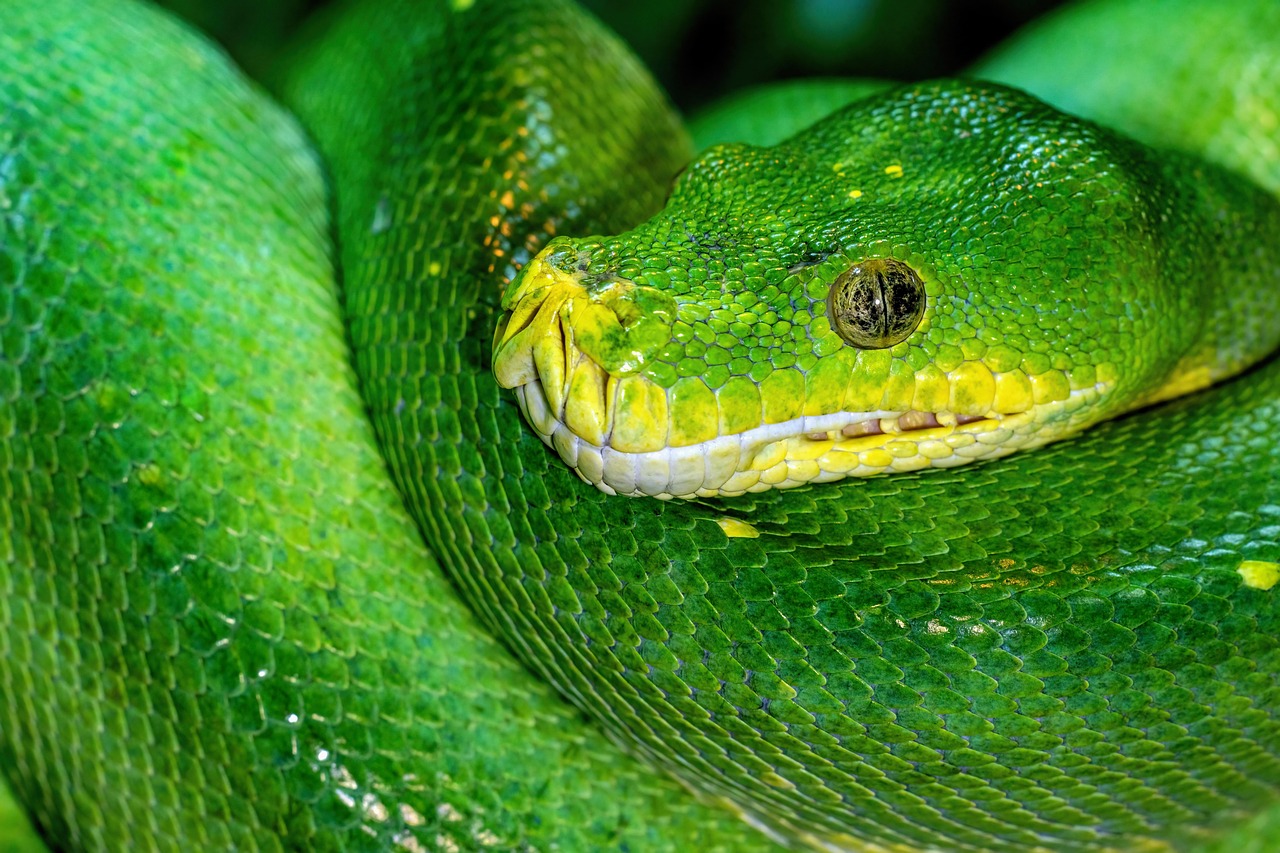
Ancient snakes inhabited a world vastly different from today’s Earth. During the Mesozoic Era, global temperatures were significantly warmer, sea levels were higher, and lush forests covered much of the planet. These conditions created ideal environments for cold-blooded reptiles to thrive.
Early snakes likely lived in diverse habitats ranging from coastal swamps to dense forests. The absence of grass meant that many environments we consider typical snake habitats today simply didn’t exist. Instead, these ancient serpents navigated through fern-dominated understories and cycad forests, hunting in ecosystems that would seem alien to modern eyes.
The warm, humid conditions of the Mesozoic also meant that snakes could remain active year-round in many regions. This constant activity likely accelerated their evolution and allowed them to develop the sophisticated hunting strategies that characterize modern species.
Swimming Serpents of Ancient Seas
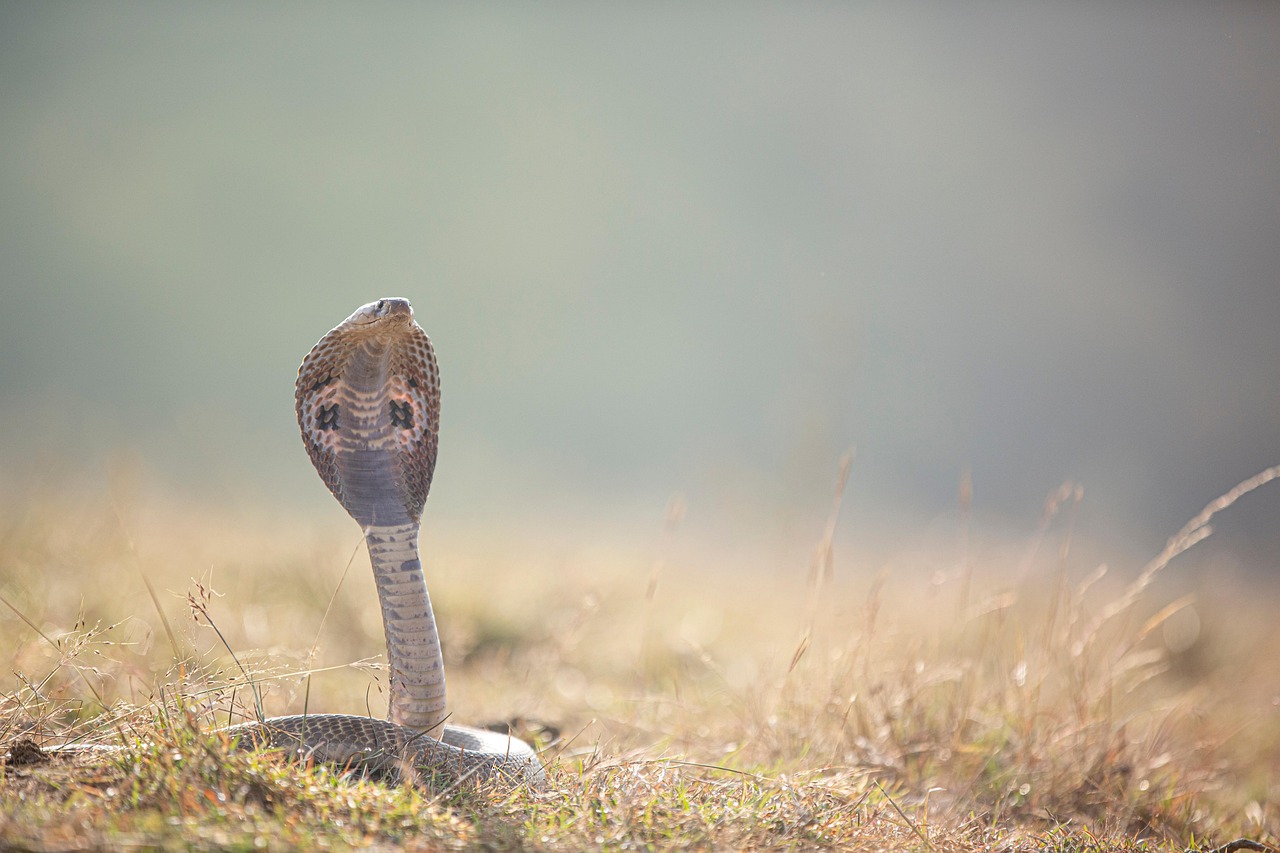
While we typically think of snakes as terrestrial creatures, some of the most successful ancient serpents were fully aquatic. Marine snakes like *Simoliophis* and *Pachyrhachis* dominated ancient seas, developing paddle-like tails and other adaptations for life in the water.
These sea serpents weren’t just occasional swimmers but true marine specialists. They developed compressed tails for efficient swimming, salt glands for processing seawater, and specialized hunting techniques for catching fish and other marine prey. Some species reached impressive sizes, with certain specimens exceeding 30 feet in length.
The success of these aquatic snakes demonstrates the incredible adaptability of the serpentine body plan. While their terrestrial cousins were perfecting land-based hunting strategies, these marine species were conquering entirely different environments and food webs.
The Great Extinction Survivors
When the asteroid impact that ended the Cretaceous period wiped out the dinosaurs 66 million years ago, snakes proved to be remarkably resilient survivors. Their ability to survive extended periods without food, their relatively modest size requirements, and their diverse diet options all contributed to their survival success.
Unlike many other reptile groups that suffered massive losses during this extinction event, snakes emerged stronger. The removal of large predators and competitors created opportunities for rapid evolution and diversification. This period marked the beginning of the modern snake lineages that dominate today’s ecosystems.
The survival strategies that helped ancient snakes weather this catastrophe continue to serve modern species well. Their ability to enter dormant states, survive on minimal resources, and adapt to changing conditions makes them one of nature’s most persistent success stories.
Fossil Evidence of Ancient Diets
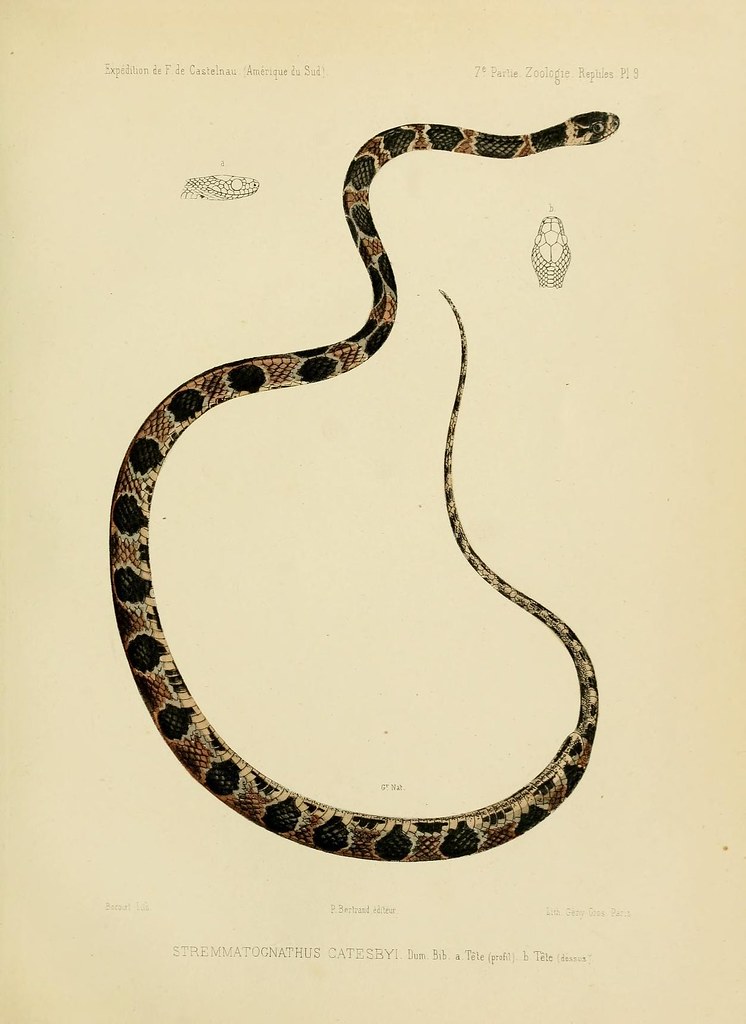
Determining what prehistoric snakes ate presents unique challenges since their prey was typically swallowed whole and digested completely. However, paleontologists have uncovered remarkable evidence of ancient snake diets through careful analysis of fossilized gut contents and coprolites (fossilized feces).
Some of the most dramatic discoveries include fossilized snakes with dinosaur remains in their stomachs. A famous specimen from India shows a primitive snake called *Sanajeh* apparently in the process of eating baby dinosaurs from a *Titanosaurus* nest. This find provides direct evidence that some ancient snakes were bold enough to prey on dinosaur offspring.
Other fossil evidence suggests that early snakes had quite varied diets, including fish, small mammals, insects, and even other snakes. This dietary flexibility likely contributed to their evolutionary success and helped them adapt to changing environments throughout Earth’s history.
The Development of Specialized Hunting Strategies
Ancient snakes developed an impressive array of hunting techniques that laid the groundwork for modern serpent success. Constriction, one of the most effective snake-hunting strategies, appears to have evolved relatively early in snake history.
The development of constriction required significant anatomical changes beyond just losing limbs. Ancient snakes had to evolve incredibly strong muscles, flexible ribcages, and specialized scales that could grip prey effectively. These adaptations allowed them to subdue prey much larger than themselves, a capability that opened up entirely new food sources.
Heat-sensing abilities also evolved during this prehistoric period, with some ancient species developing the pit organs that modern vipers and pythons use to detect warm-blooded prey. This sensory innovation gave snakes a significant advantage in hunting, especially in low-light conditions where their prey might otherwise remain hidden.
Climate Change and Snake Evolution

Throughout their long evolutionary history, snakes have weathered numerous climate changes, from the greenhouse conditions of the Mesozoic to the ice ages of the Pleistocene. These environmental shifts have consistently driven snake evolution, leading to new adaptations and species diversification.
During warm periods, snakes could grow larger and remain active year-round, leading to the evolution of giants like *Titanoboa*. Conversely, cooler periods favored smaller, more efficient species that could survive with less food and endure longer periods of dormancy.
The relationship between climate and snake evolution continues today. As global temperatures rise, scientists are observing changes in snake behavior, distribution, and even physical characteristics. Understanding how ancient snakes responded to past climate changes provides valuable insights into how modern species might adapt to ongoing environmental shifts.
Modern Snakes: Living Links to the Past
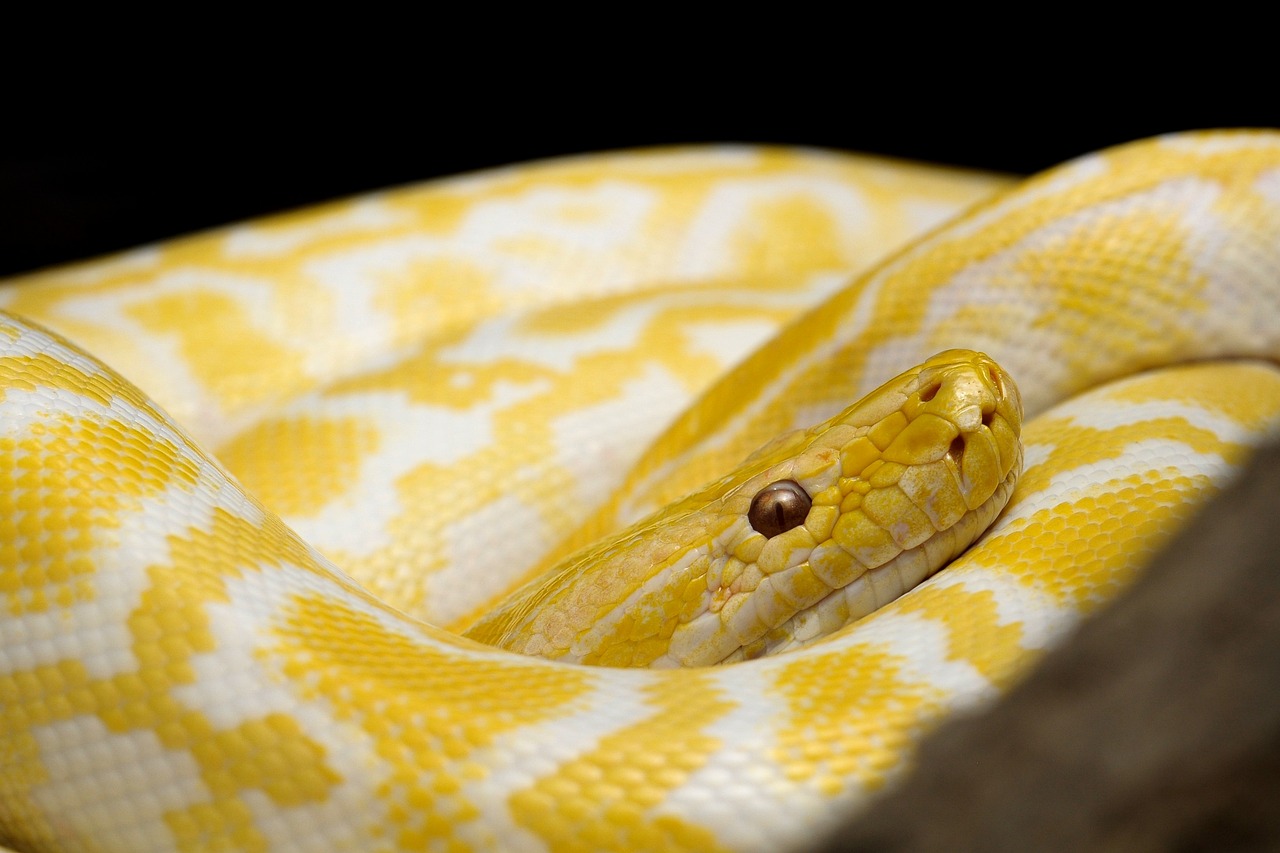
Today’s snakes carry within their bodies the evolutionary legacy of their ancient ancestors. Modern pythons and boas still possess vestigial leg bones, while primitive species like the tiny thread snakes retain simplified body plans reminiscent of their earliest predecessors.
Genetic studies of modern snakes continue to reveal new insights about their prehistoric origins. DNA analysis has shown that many snake lineages are much older than previously thought, with some groups diverging over 100 million years ago. These genetic time capsules help scientists reconstruct the evolutionary relationships between ancient and modern species.
The study of living snakes also provides clues about how their ancestors might have lived and behaved. By understanding how modern species use their environments, hunt their prey, and survive challenging conditions, researchers can make educated inferences about the ecology and behavior of prehistoric snakes.
The Legacy of Ancient Serpents
The story of prehistoric snakes is ultimately a testament to the power of evolutionary adaptation. From their humble beginnings as lizard-like creatures to their emergence as some of Earth’s most successful predators, these ancient serpents overcame seemingly impossible challenges through gradual but persistent change.
Their success wasn’t built on size or strength alone, but on versatility, efficiency, and the ability to exploit opportunities that other animals couldn’t access. The serpentine body plan they perfected over 100 million years ago remains virtually unchanged today, proof of its remarkable effectiveness.
Modern snakes, found on every continent except Antarctica, continue to demonstrate the evolutionary wisdom of their prehistoric ancestors. They’ve colonized deserts, rainforests, oceans, and even urban environments, showing the same adaptability that helped their ancestors survive the age of dinosaurs. Every time you encounter a snake today, you’re witnessing the living legacy of one of evolution’s greatest success stories – creatures that have been perfecting their craft since the Jurassic period and show no signs of slowing down.




